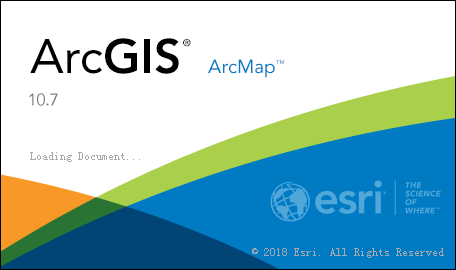The Vance Model of Transport Development
Based on his work on the eastern
seaboard of America, Vance (1970) developed a five-stage ‘mercantile’ model to
illustrate the development of transport links and the growth of the urban
hierarchy in North America (Figure 3.6). Although primarily concerned with
trade, his model is important in that it stresses the impact of exogenous
forces on the evolution of transport networks and their associated spatial
patterns.
 |
| The Vance Model of Transport Development |
In the initial stage, an
accumulating of wealth in Europe prompted overseas expansion of an exploratory
nature. Stage 2 sees the beginnings of the transatlantic trade routes based on
the one-way trade in staple products such a fish, furs and timber. From 1620,
permanent settlement occurs in North America; this results in Atlantic trade in
both directions as settlers begin to produce commodities for export and consume
manufactured products from a rapidly industrialising Europe (stage 3). Internal
transport links are limited but all are externally orientated, a process that
results in linear patterns both along the coast and stretching into the
interior.
The 4th stage of the model is
characterised by the development of internal trade and an internal
manufacturing industry. The final stage of the model is reached when internal
trade dominates North America and is matched by a mature transport and urban
system in Europe. Although North America was eventually to lead the world in
transport developments, the historical evolution is still apparent in both its
transport network and its urban system.

Comments
Post a Comment